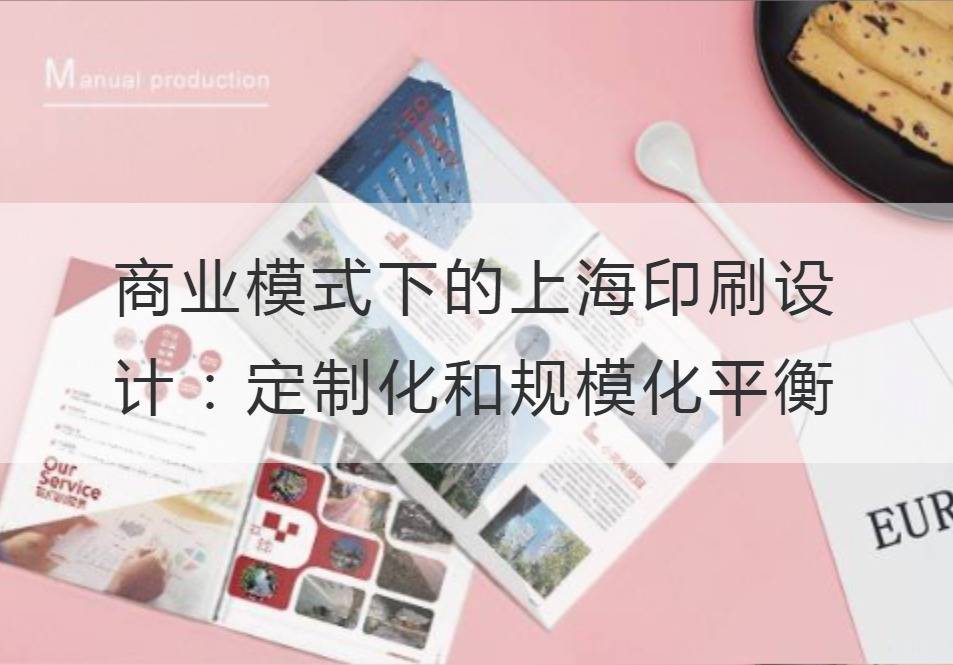Shanghai Printing Design under Business Model: Balance between customization and scale
Shanghai, China's largest economic hub, is saddled with numerous business opportunities. In this vibrant city, business model innovation is the foundation of business. In this business model, the print design industry is flourishing, constantly seeking the balance between customization and scale.
Customization and scale have almost become the two extremes of business development. Following the principle of customization, the enterprise pays attention to the satisfaction of individualized needs, everything is customer-centric, pursuit of every detail perfection. On the other hand, scale is the representative of pursuing efficiency and cost control, reducing costs and improving efficiency through standardization and batching.
Shanghai's printing design industry is facing the important problem of how to find a balance between these two. Both customization and scale play an important role in this industry.

In the bespoke arena, the print design company offers unique designs through an in-depth understanding of each customer's needs and preferences. Through meticulous communication and communication, they turn the customer's ideas and requirements into actual design works. Whether it's corporate image customization, or the design of various publicity materials, all can be polished by the printing design company carefully, show unique personality and taste.
However, the labor and time costs of customization are extremely high, which inevitably limits the possibility of large-scale production. In order to meet the needs of more customers, print design companies must seek new models to improve efficiency and reduce costs while maintaining customization.
As a result, large-scale production becomes another option for printing design companies. Through standardized design processes and processes, print design companies can significantly increase productivity. In addition, advanced digital printing technology and automated equipment allow them to complete high-volume design and printing tasks in less time.
However, large-scale production also faces some difficulties. Standardized design processes can lead to a lack of personality and creativity in design work that can not meet the unique needs of the customer. Moreover, high-volume production also requires the input of printing equipment and the expenditure of fixed costs, which can be a huge burden for some small print design firms.
In this print design industry, finding the balance between customization and scale is not easy. But great companies always rise to the top of the challenge. They invest in technological innovation and process optimization to improve design and printing efficiency by introducing intelligent design software and equipment. At the same time, they also focus on the development of talent, maintain the company's creative and design strength.
Therefore, the printing design industry in Shanghai is gradually developing towards the combination of customization and scale. Enterprises realize that in order to meet customers' customization requirements, while improving efficiency and reducing costs, they can be invincible in the fierce market competition.
As the ancients said: "How many things have been done in the past and in the present, I'm talking about them. "Now, as the print design industry continues to strive for the balance of customization and scale, we can also inspire ourselves with the wisdom of the ancients: "A hundred feet and a hundred feet will go further, and the great river will be washed away. "
Shanghai Printing DesignThe industry is pushing ahead and shining brightly on the way to finding balance. Whether customized or scaled, innovation and effort are indispensable to bring lasting success under the business model. Let's wait and see how the industry presents a better future.
Recommended Reading:
Creative album design and production: Find the perfect balance of words and pictures
High-end album design and production: New Ways of Advertising
Designing and Making of Fashion Picture Album in Pragmatism
Using Psychological Theory to Make Success in the Design and Production of Picture Album



